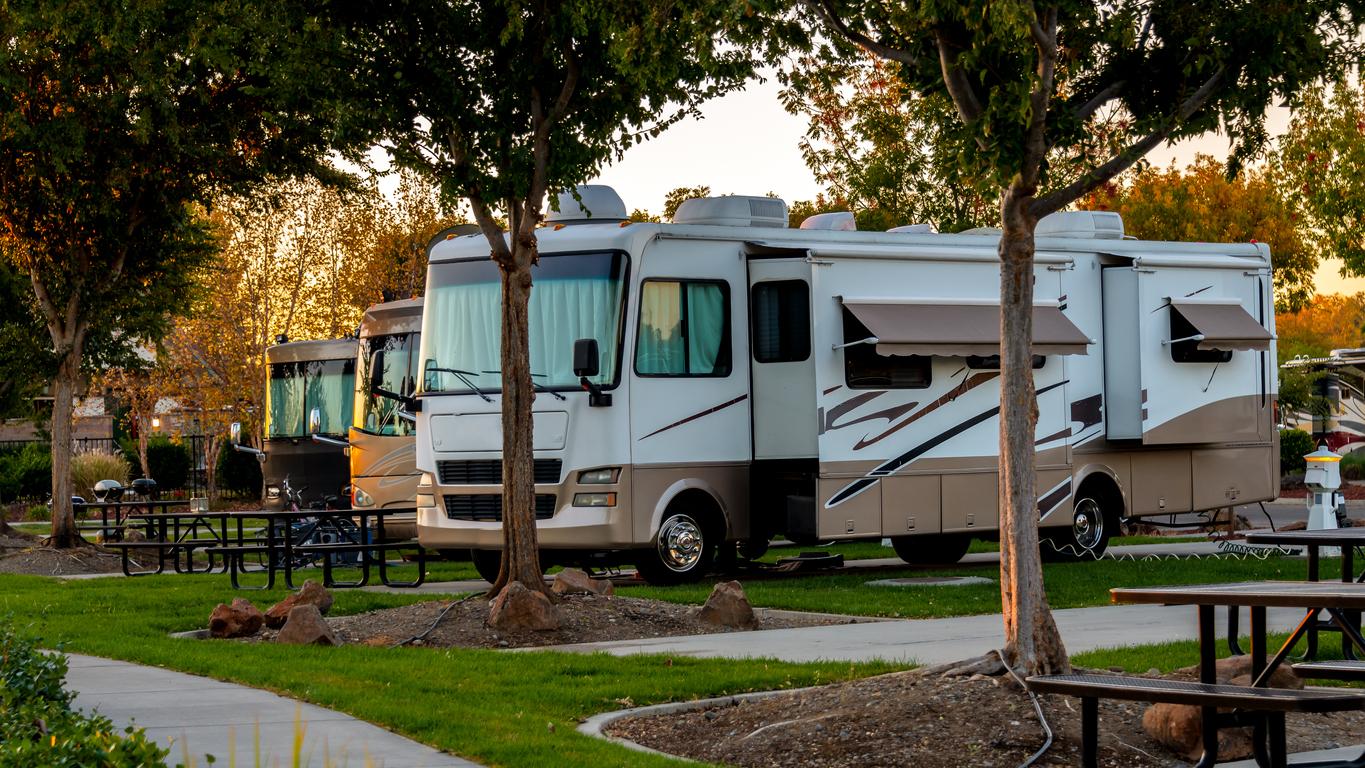North American RV Industry Outlook

Keywords: technology
North American consumers are continuing to enjoy the camping lifestyle. Engagement with outdoor activities was already on the upswing, but the pandemic significantly accelerated recreational vehicle trends. Growth in camping households accelerated during the pandemic and continued to remain elevated compared to pre-pandemic levels. All in all, that’s great news for the RV industry. I recently hosted a discussion with Tristan Thomas-Martin, Leisure Analyst, BMO Capital Markets. He provided his observations and perspectives on North American RV market trends, including the key trends that will guide the industry in 2024. A summary of our conversation follows.
Course correction
As Thomas-Martin explained, the RV industry has been on a roller coaster ride when it comes to finding supply-demand equilibrium. “2017 was a period when the industry began overshipping the channel, followed by a subsequent destocking in 2018 and 2019,” he said. “We were still working through destocking when the pandemic happened, and demand skyrocketed.” Noting that the RV industry can quickly ramp production up or down depending on conditions, Thomas-Martin pointed out that after the initial pandemic-related demand surge, the industry reaccelerated production to catch up to demand. Monthly production peaked at about a 700,000 annual run rate in 2021. While that eventually led to another supply-demand imbalance, Thomas-Martin anticipates conditions to normalize. “As is often the case, history does repeat itself, and the industry repeated the sins of 2017 and overshipped the retail demand when retail decelerated in 2022 and 2023,” he said. “Looking forward, I do expect stabilization in retail in 2024 before a return to growth in 2025.”
Pricing trends
One reason Thomas-Martin believes that conditions will improve through 2025 is the steps the industry has taken to reset pricing. “Towable MSRPs are down low double-digits percent, with some brands between 20% to 25% lower with the model year 2024 compared to 2023. Also, OEMs mix-shifting lower and introducing new cheaper models to try to re-engage the entry-level buyer.” Those pricing and supply trends also extend to used RVs. Another consequence of the pandemic, Thomas-Martin noted, was a spike in used RV pricing. Prior to the pandemic, it was normal for pricing to step down month over month. During the pandemic, however, demand spiked as more people explored the RV lifestyle, and used vehicles were seen as a cheaper alternative. “We saw used pricing increase and go against the normal trend, peaking at about 75% the new MSRP,” Thomas-Martin said. “What we've seen since that peak is things have returned to normal seasonality. Now it's at about 52% of the new MSRP, which is much more in line with where it should be.” Right now, Thomas-Martin said, there aren't any signs that consumers have grown tired of the RV lifestyle, which should bode well for the industry. After a substantial drawdown in used inventory during the pandemic due to high demand, conditions have since stabilized beginning in 2022. “It's a good indication that we're not seeing a huge influx of people coming back to trade their RVs and leaving the lifestyle, which is a very positive sign,” Thomas-Martin said. These pricing trends are also helping RVs outperform other recreation segments. “The reason we've seen RV retail outperform some of the other segments I cover, such as boats or off-road vehicles, is that the RV industry has been the most aggressive in resetting pricing and then reengaging the monthly payment buyer,” Thomas-Martin said. One segment still experiencing challenges, Thomas-Martin pointed out, is motorized chassis, particularly for Class B and Class C motor homes. "They're in-demand models. And what we're seeing most recently with the UAW strike is it's impacting the Ford Transit and the Dodge Ram ProMaster, so pricing is going up for some of those units. That's the biggest headwind from a supply chain standpoint in the RV industry.”
Lingering interest rate impacts
Interest rates, of course, continue to be an important topic within the industry. While Thomas-Martin noted that while retail rates have begun to stabilize a bit, wholesale rates continue to be elevated. That’s resulted in dealers rethinking or delaying their purchase plans for 2024, resulting in light dealer ordering so far this year. “I think dealers have been hesitant to order,” Thomas-Martin said. “They don’t want to take on inventory. They know manufacturers are sitting on some open units, and the sense is that if they wait a month or two into the selling season that they're going to be able to get inventory.” It's also having an impact on the consumer side. “Customers are much more hesitant given where interest rates are,” Thomas-Martin said. “On top of that, they know discounting is starting to come back. Customers are willing to wait for a deal. They know they have some leverage and I think they're utilizing it.”
The electric future of RVs
As Thomas-Martin noted, given that their products are designed for an outdoor lifestyle, the RV industry has a vested interest in protecting the environment. Which is why we’re seeing an increased focus on electrification.
He pointed to two recent concept vehicles as indications of where the industry is heading: Winnebago’s eRV-2, a fully battery powered RV, and Thor’s Vision Vehicle, which combines a battery pack and integrated fuel cell range extender that could adapt to liquid petroleum gas, natural gas or hydrogen.
“There's a way to go given we need to improve the technology,” he said. “Just the fact that they're working on it now and they've made so much progress I think is a very positive sign that the industry is forward-looking.”